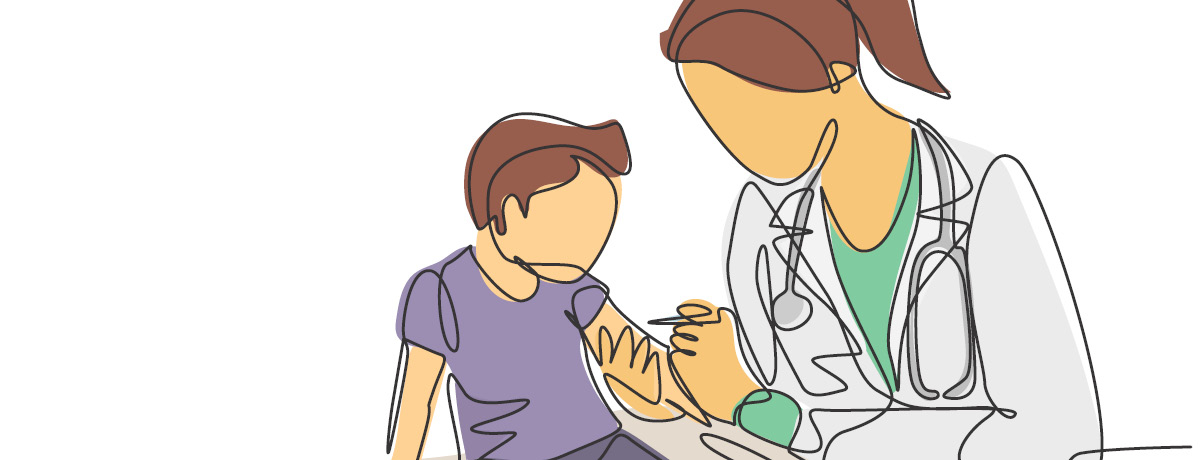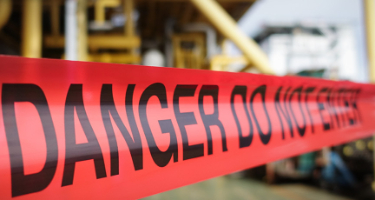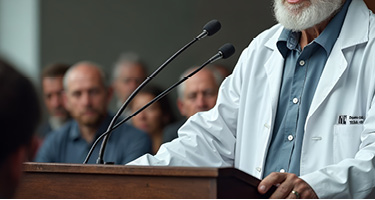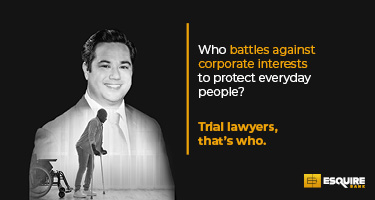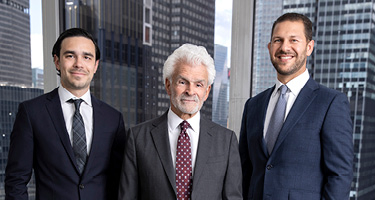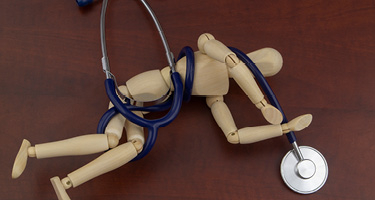Sadly, even though they do excellent work, hospitals can also be dangerous places for patients seeking care. While money is the principal goal of most malpractice lawsuits, in a broader way, these cases aim to send a message to poorly run or inadequately regulated industries and practices. The negative attention that frequently accompanies malpractice cases can have a galvanizing effect on healthcare outcomes. It is a necessary remedy that our system of civil justice can provide.
Medical malpractice attorneys make no apologies for working to get needed therapies for an injured child or a full-time health aide to relieve a caregiver's burnout. However, pediatric malpractice claims also play many important roles: they provide needed light on a systemic problem and incentive to overcome institutional inertia. To be more accurate, what do medical malpractice attorneys want for children and the health care system?
Commitment to Patient Safety
"Patient attorneys are committed to children's well-being and the relief of children's suffering and have a vested interest in children's safety," says medical malpractice attorney Sean M. Cleary. "We demand high-quality medical care for patients, meaning that the right patient gets the right diagnosis, surgery or treatment at the right time done in the right way by the right medical provider."
Yet, that ideal cannot always be met. When things go wrong, when children get hurt, when looking back, it can be established that the patient's injury was entirely preventable; patient attorneys have two additional goals: to guarantee that medical mistakes are not repeated and to correct the harm that was done.
Medical malpractice attorneys believe that the causes of medical errors must be identified and discussed so that healthcare professionals know how to prevent injuries in the future. American medical providers can take pride in their spirit of accountability and perpetual improvement, evident for instance in the tradition of regular morbidity and mortality conferences.
From a trial lawyer's point of view, medical malpractice cases are equally powerful tools for promoting reflection, re-education and reform in pediatric practice. Families of injured children are already aware of this when they seek legal counsel for their medical cases. "Many parents pursue lawsuits largely as a means of preventing harm to others. They see a lawsuit as their only means of making the medical system safer for other children," says Sean M. Cleary. Many medical malpractice lawyers are motivated by a similar conviction.
Medical malpractice attorneys also believe that injured children should receive care that improves their conditions or some other type of reparations. Medical malpractice attorneys and our civil justice system address patient harm through compensation, using money as an inadequate but necessary substitute for the loss of health or life.
Incentivizing High-Quality Medical Care
Although medical incidents are not representative of the vast majority of medical health care in the U.S., a "deny and defend" response from pediatricians is quite common. This reaction may be partly due to the troublesome and alarming incentives that characterize our medical system. For instance, the frequent model of independent medical practices is one where there is often no employer with the authority and incentive to guarantee relevant credentialing of employee physicians and to manage the delivery of high-quality medical care.
If doctors were not independent contractors but instead employees of their hospitals, the employer would have both the muscle and the financial motivation for better supervision. This is called "enterprise liability." Enterprise liability also lowers litigation expenses because there is one defendant, the institution, and one defending legal team. The delivery of health care is becoming more corporatized, so enterprise liability fits into a trend that is currently happening.
A related concept is "enterprise notice." Under this policy, a plaintiff's attorney may bring a notice against a medical institution where the child suffered an apparent injury, stop the statute of limitations and then carefully determine which clinicians should be included. This practice prevents attorneys from suing everyone who touched the patient, especially when faced with a limitations deadline for filing suit.
Patient Safety Initiatives
Medical liability lawyers prioritize children's safety. Patient safety efforts result in healthier people and significant savings for hospitals and insurers. This should be a particularly appealing solution for clinicians who have little sympathy for medical malpractice attorneys and their work. Additionally, patient safety is a strategy that does not require the participation of state or national legislatures or the plaintiff's bar.
The statistics regarding medical errors are dramatic and dire. Still, the numbers themselves are not the point: behind each number is an injured child or an adult patient, a person, and families whose lives were broken by avoidable medical errors. These people merit honest and fair treatment from our compensation system. As importantly, these patients and their families want assurance that their suffering has not been in vain; they want to help ensure that the same thing doesn't happen to others. Indeed, this is also the charge for the legal professions.
Sean M. Cleary is an accomplished personal injury attorney, founder and president of The Law Offices of Sean M. Cleary, who has obtained millions of dollars in compensation for victims of medical malpractice with verdicts and settlements throughout the state of Florida. His firm has been serving Miami and surrounding areas since 2005. Sean has also represented clients in wrongful death actions stemming from medical malpractice or from car accidents, truck accidents or drowning accidents.
